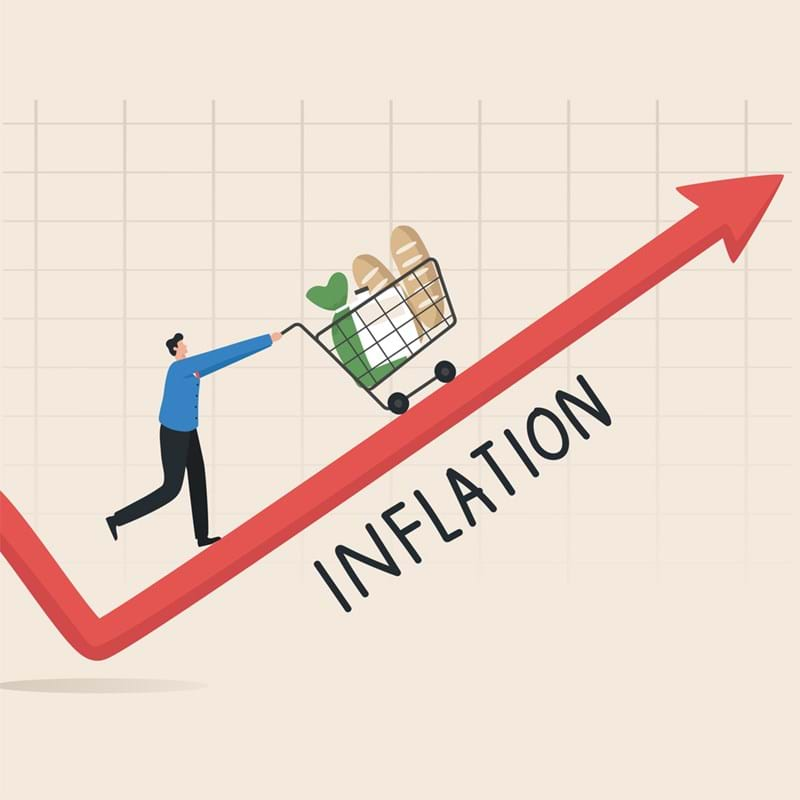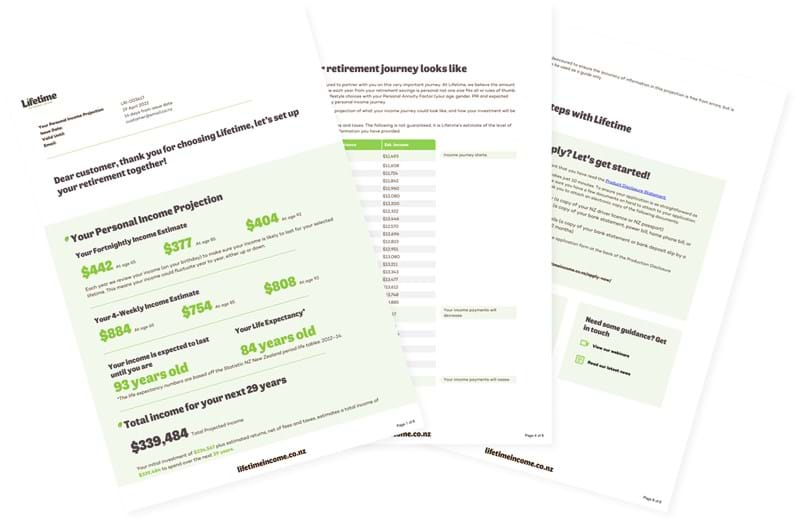Oct 12 2022
Over the last two months we have been pondering whether inflation was peaking and the downtrend in equities was over. The question we considered was “are we there yet?”
The August inflation data for the US provided an unequivocal answer – no we are not!
US data with annual headline and core inflation at 8.3% and 6.3% respectively (versus consensus of 8.1/6.1) suggests inflation continues to become more entrenched in the US economy. Following the inflation data, the US 2-year Treasury yield jumped by 16bps to 3.78% which is an indication of where the market believes the Fed funds rate will need to be in 12 months or so (3.75% - 4.0%).
Recessions are generally caused by credit crunches following financial crises. There’s no sign of a financial crisis at the moment with global corporates having refinanced at historically low rates over the last 2-3 years and global liquidity remaining sound. However some sectors are/will struggle more than others and so it’s more likely slower economic activity may not be widespread but may roll in waves over different sectors at different times.
Inflationary pressures continue to spread despite energy prices easing in recent months. There has been some hope that the decline in oil prices would wash through other sectors of the economy, but that has not been the case so far. Food inflation continues to surge. New Zealand’s annual food inflation of 8.3% was surpassed by annual food CPI in the US over the same period of 11.4% - both shockers
Such high annual food inflation numbers are unusual in both countries. Using the longer data period in the US we can see that the previous periods of double digit food inflation were during periods of structurally high inflation. Of greater concern is the role food inflation plays in consumers expectations. Households will tend to anchor their views on price pressures based on frequently purchased items like food. The risk now is for inflationary expectations to start drifting higher again despite some recent easing in this measure.
The other category to note in the broadening inflation picture is annual housing costs. Owners’ Equivalent Rent (Housing) and Rent Inflation have both surged in the US. The August data were 6.3% and 6.7% respectively. Again, the last time these measures were above 5% was during the last period of structurally high inflation.
The challenges of current tight labour markets are well known as a major contributor to inflation. This is true for most developed countries in the world. Official unemployment data remains near cyclical lows. We normally see recessions usually starting from positions of full employment but the unemployment rate usually peaks years rather than months after the start of a recession.

It’s easy to find plenty to worry about around the world including inflation, rising interest rates, war in Ukraine, sanctions and a Russian energy embargo on Europe, and deteriorating housing/real estate markets.
We are currently reviewing the asset allocations and underlying managers in all the Lifetime Master Trust portfolio’s and expect to be able to be able to provide recommendations before the end of the calendar year. Our recommendation will recognise the current environment but focus on how to maximise returns with acceptable risk over the longer term to retirement.

